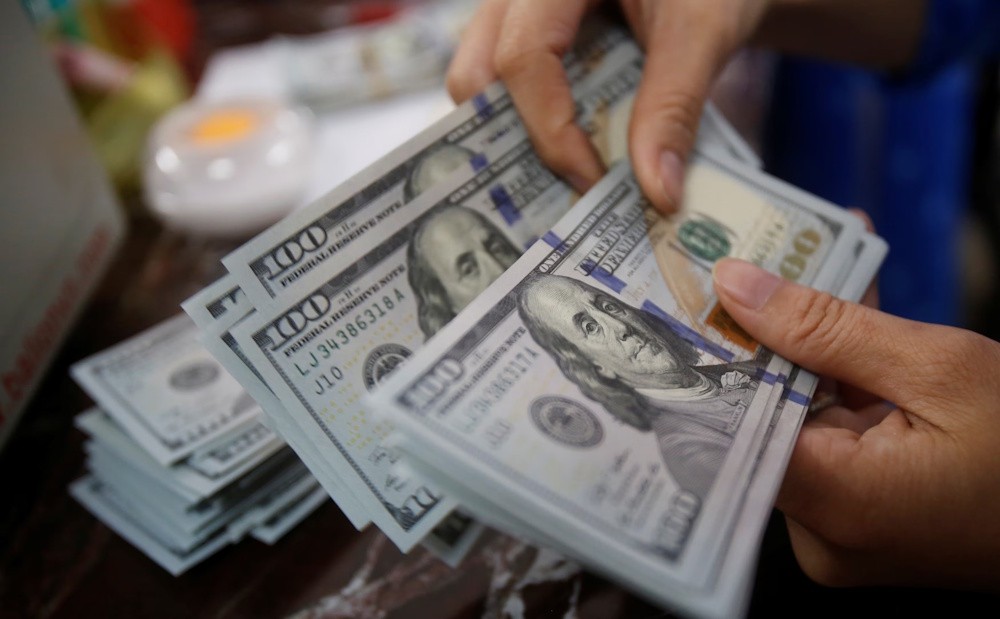
The US has consented to refrain from obstructing subsidiaries of Chinese firms that have been sanctioned, as well as to not impose the port fee on Chinese vessels that reportedly initiated the recent tightening of China’s rare earth/magnet export restrictions. China has consented to a one-year suspension of those measures and has eliminated its levy on port calls for US-made or operated ships. Beijing is set to purchase US soybeans, with some reports indicating that energy resources may also be included in these transactions. It appears that Nvidia’s Blackwell chip was not a topic of discussion. Despite the technological strength of America, the development of the education and material infrastructure necessary for establishing rare earth processing capabilities and magnet production will require over a year. The agreement is expected to face significant criticism from the hawkish elements that appear to prevail within the US foreign policy establishment. Meanwhile, the hawkish cut by the Federal Reserve yesterday has resulted in a reduction of the market’s expectations for a December cut (to ~73% now from a little more than 90% yesterday), which has contributed to the strengthening of the greenback, and it is primarily consolidating today.
The primary exception is the Japanese yen, which has declined to a new eight-month low after the Bank of Japan opted to maintain its stance and keep its economic forecasts from July largely unchanged. The dollar approached JPY154. The increase in US yields after the FOMC decision contributed to the rise in benchmark 10-year rates today. Benchmark yields have increased by 2-4 basis points in Europe. The 10-year Treasury yield is marginally lower at 4.06%. Equities are predominantly down today. In the Asia Pacific region, among the large bourses, only Japan and South Korea, which secured a trade deal with the US that includes nuclear-fueled submarines, experienced an increase. Europe’s Stoxx 600 has declined for the third consecutive session, aligning with its longest downturn in recent months. US index futures are showing a decline. Gold remains stable, primarily trading within the range established yesterday. It is testing the $4000 level in the European morning. December WTI is currently exhibiting subdued trading activity within a tight range near $60.
In line with expectations, as indicated by 96% of 81 economists and 98% reflected in the futures market, the Federal Reserve implemented the second quarter-point rate cut of the year. The announcement indicated that the unwinding of its balance sheet would cease at the conclusion of November. The maturing mortgage-backed securities will be substituted with T-bills. Two dissenting opinions were noted. The anticipated 50 bp cut was largely expected, yet Miran. Another statement came from regional Fed President Schmid, who expressed support for maintaining a steady policy. It is believed that his dissent stemmed from the heightened inflation levels instead of insufficient data. Federal Reserve Chair Powell conveyed a more cautious stance, emphasizing that a December rate cut was not guaranteed, contrary to indications from the derivatives market.
The Dollar Index experienced a recovery during Powell’s press conference, climbing to 99.35, marking a new two-week high. The current trading range is relatively stable, fluctuating between approximately 98.90 and 99.20. Proximity to resistance is observed around this month’s peaks in the 99.45-55 range. Above there, the near-term scope may extend to approximately 100.00-25. The release of Q3 GDP was scheduled for today; however, the ongoing government shutdown is causing significant disruptions. Additionally, beginning November 1, the Supplemental Nutrition Assistance Program will cease for approximately 40 million Americans. It is noteworthy that during the last government shutdown under President Trump, aid continued to be disbursed. Approximately 40% of the recipients are children, 18% are elderly, and an additional 11% are disabled. Of the remainder, estimates indicate that 70% fall into the category known as the “working poor,” as they do not receive a “livable wage.” The Atlanta Fed GDP tracker indicated that growth in Q3 has accelerated to 3.9%.
